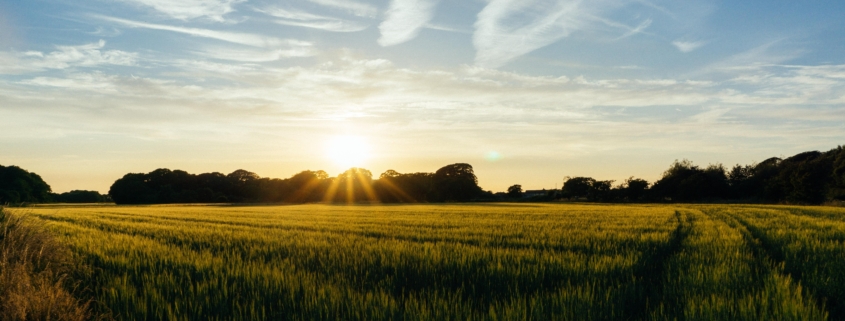Soil Carbon Sequestration Accelerated by Restoration of Grassland Biodiversity
Soils store climatically significant amounts of carbon (C) as soil organic matter, globally about 2.3 times greater than the C in atmospheric CO2 and 3.5 times greater than the C in all living terrestrial plants1. However, prolonged cultivation accelerates the decomposition of soil organic matter and can cause the loss of 20–67% of the soil C in an agricultural field2,3,4. Between 1850 and 1998, global agricultural cultivation led to the release of ~78 Gt of C from soil as CO2 to the atmosphere4, with ~133 Gt of soil C so released since the beginning of agriculture5. Since the current global annual CO2 emissions from fossil fuels and all other sources are ~10 Gt of C6, soil C sequestration has thus been proposed as a plausible partial climate mitigation strategy that might buy time while low-carbon technologies are being developed and adopted7. Indeed, a recent international initiative has set a target of increasing global soil organic matter by 0.4% per year to help negate some greenhouse gas emissions8.

